1. The structure and size of thermocouples
The diameter of the thermocouple and the protective tube: The thicker the diameter of the thermocouple Sensor and the protective tube, the greater the inertia of the thermocouple, that is, the longer it takes to reach a stable state, so the response time is also longer.
The thickness of the tube wall: The thicker the tube wall, the greater the inertia of the thermocouple, and the response time will be correspondingly extended.
2. Materials
Thermal conductivity: Different materials have different thermal conductivity, which affects the response time of the thermocouple. For example, the metal protective tube has better thermal conductivity and less thermal inertia than the porcelain protective tube, so the thermocouple takes less time to reach stability, that is, the response time is shorter.
3. Working state and heat exchange conditions
Changes in working state: The response time of thermocouples of the same structure will also be different under different heat exchange conditions.
Temperature step change: When the temperature changes step by step, the time required for the output of the thermocouple to change to a certain specified percentage of the step change, that is, the thermal response time of the thermocouple, is usually expressed as T. This indicator directly reflects the response speed of the thermocouple to temperature changes.
4. Working Environment
Temperature Environment: The response time of thermocouples may vary in high or low temperature environments. Extreme temperatures may affect the thermal conductivity of the thermocouple material and the overall performance of the thermocouple, thereby affecting the response time.

 English
English русский
русский 简体中文
简体中文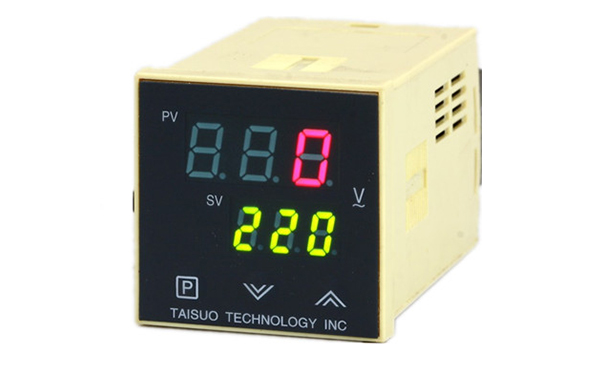
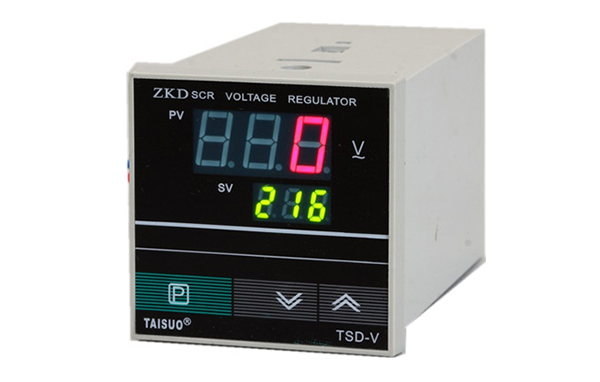
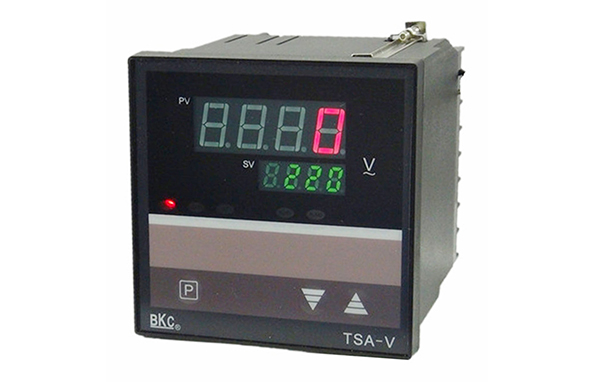


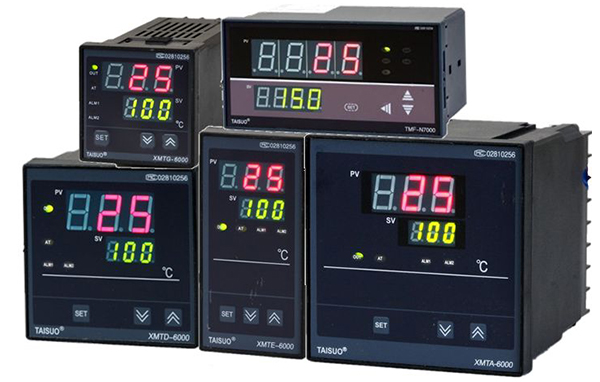
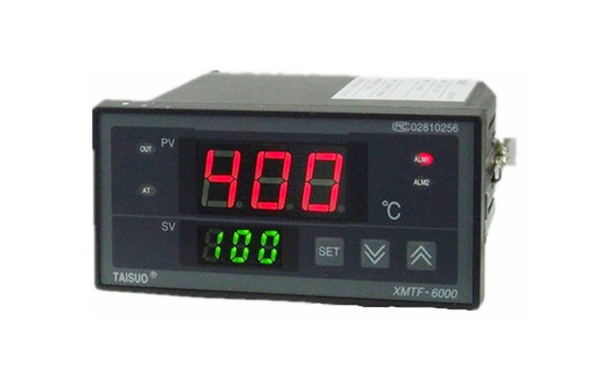
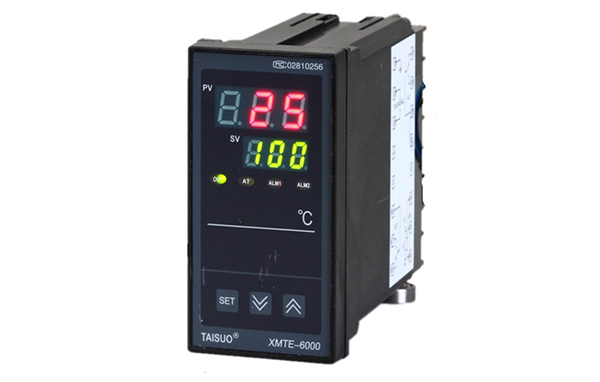
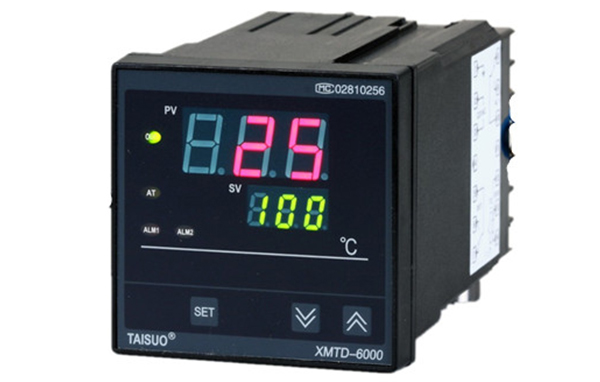

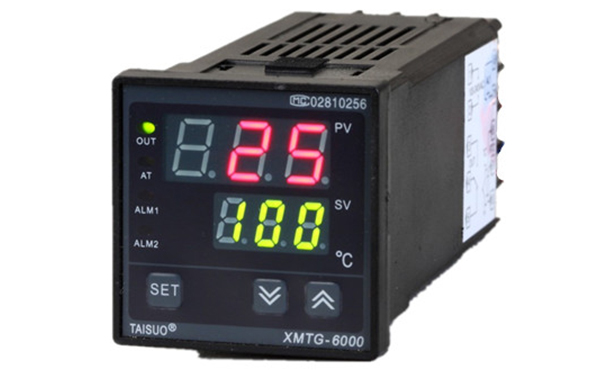


 Ins: tai_suo
Ins: tai_suo

